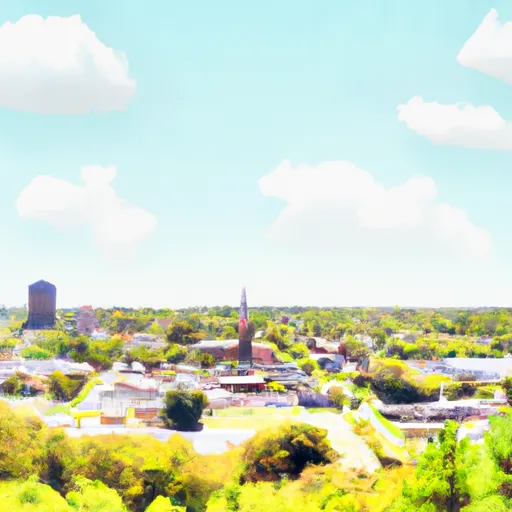°F
°F
mph
Windspeed
%
Humidity











Florence, Wisconsin is a small town located in the northern part of the state. The climate is typically cold and snowy in the winter, with mild temperatures in the summer months. The hydrology of Florence is characterized by numerous lakes and streams, with the Menominee River running through the town. Water quality is generally good, though there have been concerns about contamination from nearby mining activity. Outdoor recreation opportunities in Florence include fishing, hunting, hiking, and snowmobiling. The area is known for its natural beauty, with many parks and wildlife areas nearby, including the Nicolet National Forest.
Weather Forecast
Florence receives approximately 749mm of rain per year, with humidity levels near 83% and air temperatures averaging around 5°C. Florence has a plant hardyness factor of 4, meaning plants and agriculture in this region thrive during a short period during spring and early summer. Most plants will die off during the colder winter months.
Regional Streamflow Levels
16
Cubic Feet Per Second
3
Cubic Feet Per Second
17
Cubic Feet Per Second
101
Cubic Feet Per Second
Nearby Camping
| Camping Area | Reservations | Toilets | Showers |
|---|---|---|---|
| Sam Parr State Park | |||
| Prairie Pines Campground | |||
| Gratiot River County Park | |||
| Village Park | |||
| South City (Gibson) Park | |||
| Gibson City Park |



